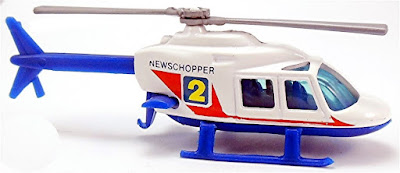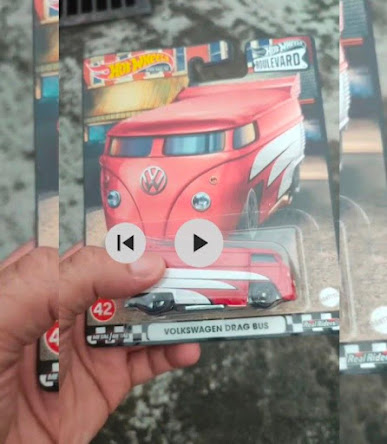🔧 History of Matchbox Models of Yesteryear:
1. Launched in 1956 by Lesney Products (UK):
The “Models of Yesteryear” range was introduced to complement the Matchbox 1-75 series, focusing on vintage and classic vehicles from the early 1900s to the 1930s.
2. Focus on pre-WWII vehicles:
These models celebrated historic marques like Ford, Rolls Royce, Bentley, Bugatti, and others, often in the 1:43 scale.
3. Ford Models in the Yesteryear Series:
Several classic Ford cars and trucks were included, such as:
Model T Ford Van (one of the most reproduced)
1912 Ford Model T
1930 Ford Model A Delivery Van
---
🏆 Why Are They Valuable?
1. Rarity & Age
Older editions (1950s–70s) in mint condition with original boxes are hard to find.
Limited edition releases and regional variants (e.g., with different logos or brands on vans) are even rarer.
2. Detailed Craftsmanship
Matchbox Lesney used metal diecast, detailed paintwork, and period-correct decals/logos, giving each model a museum-like quality.
Collectors admire the historical accuracy and intricate features.
3. Brand Licensing & Liveries
Many Ford vans were branded with historic logos like:
Coca-Cola, BP, Dunlop, Harrods, and more.
These themed liveries add value, especially when linked to real historical companies.
4. Collectibility & Nostalgia
Many collectors are drawn to Matchbox Yesteryear Fords for their connection to automotive history and the childhood joy of vintage toys.
They’re part of diecast collecting heritage and often displayed as collectible heirlooms.
5. Investment Potential
Some rare variants (e.g., early pre-production versions or errors) can sell for hundreds to thousands of dollars at auction.
Example: a Model T Van with rare livery or wheel color variation can command a premium price.
#minitoysosem
#matchboxlesney
#yesteryear
#matchboxyesteryear
📦 Featured Listings
1922 Ford Model T “Harrods Express” Van (boxed, Mint‑in‑Box)
Seller: lost_in_time_toys
Price: US $10 (Best Offer)
1922 Ford Model T Y‑12 Harrods Express Box (1978) (new)
Seller: Foxa Findings
Price: US $18.99 (Buy It Now)
**Vintage Matchbox Y‑12 Ford T Harrods (NOS)**
Price: US $13.00 (New, No box specified)
**A35 1:43 Model T Van Harrods (Used, Boxed)**
Seller: DinkyCorgiToys
Price: US $8.48
1922 Ford Model T Harrods Y‑12, boxed
Seller: Collectors paradise are here
Price: US $8.10 (Best Offer)
Ford Model T 1922 Harrods Y‑12, boxed
Seller: mcslots2013
Price: US $29.86 (Buy It Now)
---
🔍 Additional Variants Available
Wide selection of 1911 & 1912 Ford Model Ts (various liveries) and delivery vans like Royal Mail, Hoover, Pepsi, etc., on eBay starting from US $4–35 .
---
🧭 How to View the Listings
To explore these models:
1. Visit eBay and search one of the listing titles above, for example:
“Matchbox Models of Yesteryear 1922 Ford Model T HARRODS”
“Ford Model T 1922 Harrods Matchbox Y12”
2. Alternatively, check Etsy or Carousel for variants like the Royal Mail Model T.







.jpeg)






.webp)





.webp)
.webp)
.webp)
.webp)
.webp)
.webp)
.webp)


